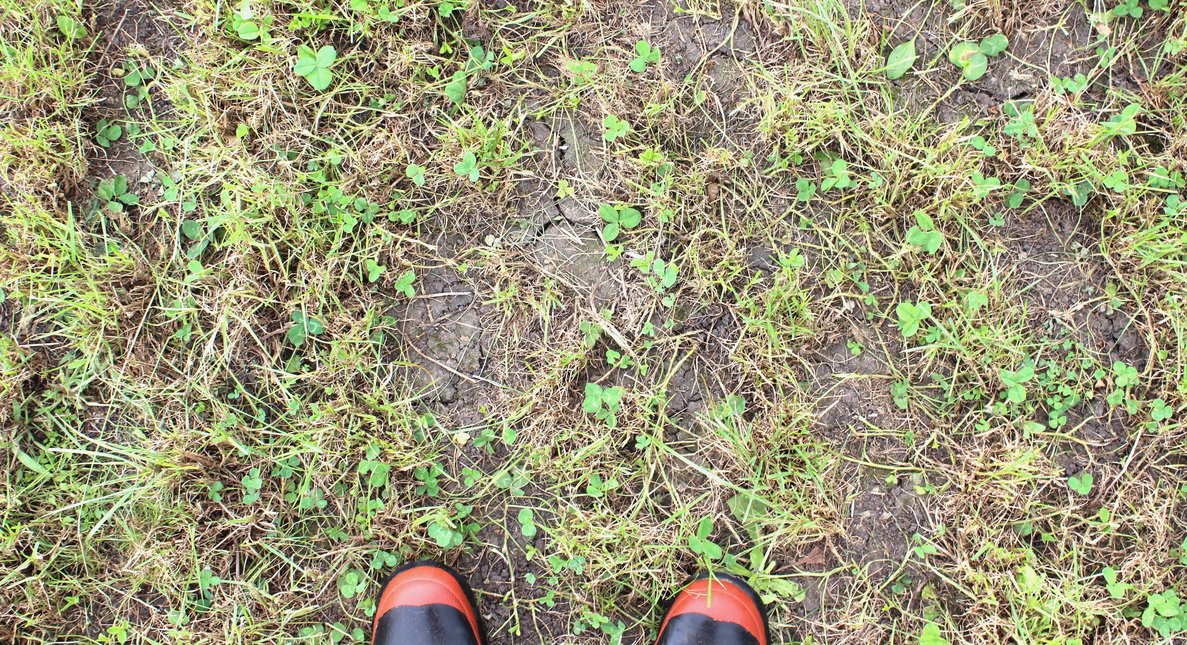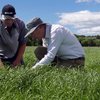And get set to fire on all cylinders next season
Picture this. It’s spring 2023. You’ve got heaps of really good...
Picture this. It’s spring 2023. You’ve got heaps of really good grass; your animals are in great condition and your farm is primed for a boomer year.
“Wow,” you say to yourself, as you fly through lambing and calving. “Thank goodness we fixed up those knackered paddocks back in autumn. We’d be in a bit of trouble now if we hadn’t…”
Sounds a bit fanciful, right? Especially if your farm is ‘green’ right now. But it’s not. All that crazy weather over the past year has taken its toll in ways you might not imagine until the only options are to order truckloads of feed or watch animals underperform.
So let’s get ahead of the game now, while there’s time to do something about it. You’ll be happier heading into winter, and set yourself up for strong season in 2023/24.
Mayday, Mayday
Drought. Poor establishment last autumn. Pugging. A poor spring. Months of waterlogging. Flooding. No matter what has affected your farm, many pastures are suffering, even if they don’t look it at first glance; and they won’t recover on their own.
Where it’s been dry, bare ground tells the story. In northern New Zealand, where it’s been wet, an army of summer grass and weeds has already invaded many areas.
Don’t believe us? Fair enough. All we ask is that you take a really close look at what’s actually growing in your paddocks at the moment. If it’s ryegrass and clover, cool – you’re all good.
But if it’s not, wouldn’t you rather know now? Come the first frost, paddocks that seem green and healthy today, because they’re full of summer grass, will be sad and empty. Meantime, weeds are ready to germinate and take over any bare ground they can find.
Kiss of life
Undersowing and spray-drill grass to grass renewal are pasture life savers for the year ahead. They will get knackered paddocks growing well again so when spring arrives, you won’t be caught short at the worst possible time.
Remember pasture is the magic gift that keeps giving. Feed a truckload of supplement, and it’s gone. Graze a pasture, and it grows again. So it’s worth investing in some TLC for paddocks that need it this autumn.
All you have to do is decide which technique suits your situation. Spoiler! You may need both…
Grass to grass
Spray drilling new pasture grass to grass is the best option for paddocks which are now infested with annual grasses and/or other weeds after a wet summer. They’re pretending to be thick and healthy, but don’t be fooled.

If they haven’t already, those annual summer grasses will go to seed and will die in the next two months, leaving open pastures that won’t grow the feed you need and expect next season. Plus you’ll have empty space for even more weeds to invade in spring.
Spray drill these paddocks, using herbicide to kill the existing weeds, before grazing and direct-drilling either perennial, Italian or annual ryegrass. If those paddocks are left as they are, they will continue to go backwards and undermine your whole system.
Undersowing (direct-drilling seed with no herbicide first) typically doesn’t work in these situations, because there’s not enough space for new ryegrass seedlings to establish.
Stitch and grow
Think of undersowing as CPR for your farm, a quick intervention to keep thin pastures going until you have a chance to give them more attention.

Depending on what type of seed you use, you can get two or three more years out of paddocks that would otherwise do nothing but go backwards. Overall we find hybrid ryegrass is best, and will provide a lot of feed you won’t have to buy or find elsewhere.
The most common cause of failure with undersowing is lack of bare ground. Baby ryegrass hates crowds! Jamming it into soil already full of summer grass, weeds or even existing ryegrass is a death sentence.
So save this method for paddocks that are clearly thin and patchy.
Make it work
No matter which way you restore pastures to health and productivity this autumn, it’s important to act fast, plan thoroughly and execute well.
Successful recovery takes good preparation, and your window of opportunity closes in a few weeks.
Managing those undersown and newly spray-drilled pastures carefully through establishment so they are ready to look after you and your animals later in the year is also critical.
We know it’s a busy time for many, and that working out what you need to get your farm thriving again may seem daunting. We are here to help. For personal advice, book your free Pasture Health Check today at www.barenbrug.co.nz.




